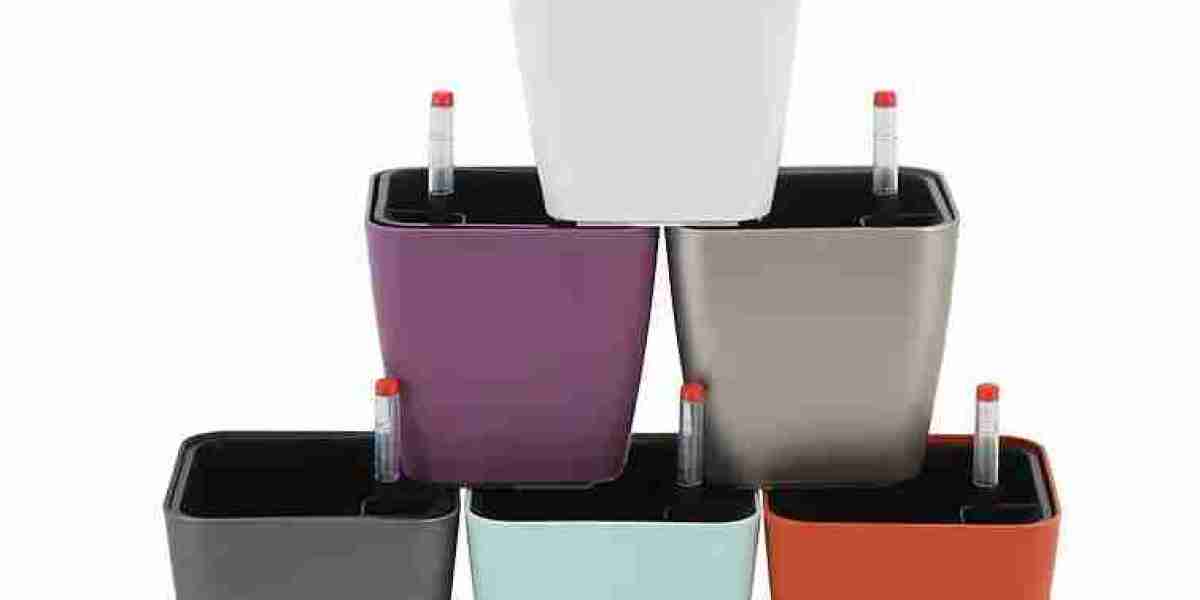Outdoor small plant pots come in various designs, colors, and materials, allowing you to express your style and enhance your outdoor decor. From terracotta and ceramic to modern plastic and metal options, the right pots can complement your existing furnishings and create a cohesive look in your garden or balcony.
Terracotta pots are a classic choice for outdoor gardening. Made from clay, they are porous, allowing for excellent airflow and drainage. These pots are perfect for plants that thrive in drier conditions, such as succulents and cacti. Their warm, earthy tones also add a rustic charm to any outdoor setting.
Lightweight and durable, plastic pots are a popular option for outdoor use. They are available in a wide range of colors and designs, making it easy to find the perfect match for your decor. Many plastic pots also come with built-in drainage systems, ensuring that plants receive adequate moisture while preventing waterlogging.
Ceramic pots are both beautiful and functional. Often glazed, they come in a variety of colors and patterns, making them ideal for decorative purposes. While they tend to be heavier than plastic or terracotta, their sturdiness makes them suitable for windy conditions. However, it's essential to ensure proper drainage, as not all ceramic pots have drainage holes.
Metal plant pots, typically made from galvanized steel or aluminum, are becoming increasingly popular for outdoor use. They offer a modern, industrial look and are generally very durable. While metal can retain heat, it's essential to monitor soil moisture, as it can dry out more quickly than other materials.
Hanging small plant pots are perfect for vertical gardening, allowing you to utilize wall space and overhead areas. They can be used to display trailing plants, such as ivy or petunias, creating a stunning visual effect. Hanging pots are ideal for balconies or patios where floor space is limited.
For busy gardeners, self-watering pots provide a convenient solution. These pots have a built-in reservoir that allows plants to absorb water as needed, reducing the frequency of watering. They are particularly beneficial for plants that prefer consistent moisture levels.



